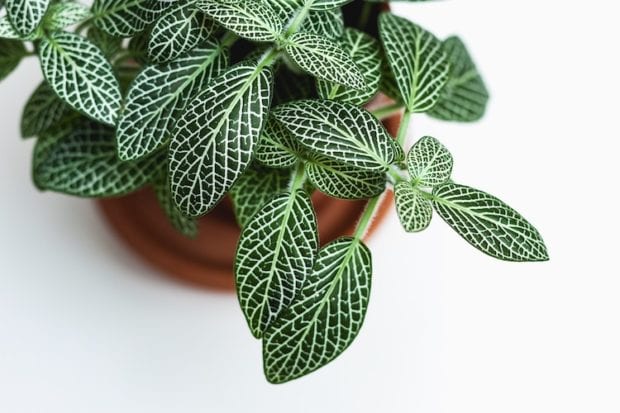Five Tips for Indoor Air Quality Improvement
Looking for more information on indoor air quality improvement in your home? You’ve come to the right place! Read on.
In February, the Science journal released a study finding that volatile chemical products — such as pesticides, coatings, printing inks, adhesives, cleaning agents and personal care products — now make up half of fossil fuel VOC (volatile organic compound) emissions.
This is a big deal because VOCs are found consistently higher indoors than outdoors and can have short- and long-term health effects. According to the EPA, some of these health effects include:
- Eye, nose and throat irritation
- Headaches, loss of coordination and nausea
- Damage to liver, kidney, and central nervous system
- Some VOCs can cause cancer in animals, and some are suspected or known to cause cancer in humans.
How to Purify Your Indoor Air With Houseplants
Striving for better air quality inside your home is essential to the health of you and your family. Here are five ways to reduce the VOCs in your home:
1. Buy only what you need for indoor air quality improvement.
While it may be tempting to buy household supplies in bulk, VOCs can still permeate the air inside your home even when the containers are sealed tight. Buy supplies only when you need them, and don’t store extras inside your home. If you do have products with high VOC levels — like furniture polish or gasoline — try your best to store them outside in a detached garage or shed.
2. Choose all-natural products.
When you buy supplies, such as cleaners and personal care products, choose all-natural and organic brands. Seventh Generation or Mrs. Meyer’s Clean Day are two examples of brands that don’t include VOCs in their ingredients. Check the labels and be on the lookout for products that contact ammonia, chlorine, formaldehyde, sulfate, bleach or lye.

3. Purify your air with houseplants.
Plants are one of the most natural ways you can purify the air inside your home. They filter VOCs and other pollutants, while also adding humidity to your home in the winter. Here’s a list of the houseplants that are best at purifying the air inside your home.
4. Properly ventilate your home.
We strongly suggest ventilating your home on a regular basis by opening a window or running the exhaust fan in your kitchen or bathroom. You can also install a heat or energy recovery ventilator, which removes stale indoor air and pulls fresh air into your home.
5. Get an indoor air quality test.
If you’ve never had an air quality test done, all of the above information is shooting in the dark. You may or may not have high levels of VOCs. You may or may not have unsafe levels of particulates, carbon dioxide and carbon monoxide. Without knowing the problem, it’s almost impossible to come up with the right solution.
So, if you are unsure, we can help. Using the advanced technology of Air Advice Indoor Air Analysis, Homesense can show you real-time information about the pollutants in your home air, including VOCs. The test lasts 30-60 minutes, and can be setup with our office by calling 317-203-8149 or clicking the form below. (Our March 2018 Special offers this $125 value service for free)











